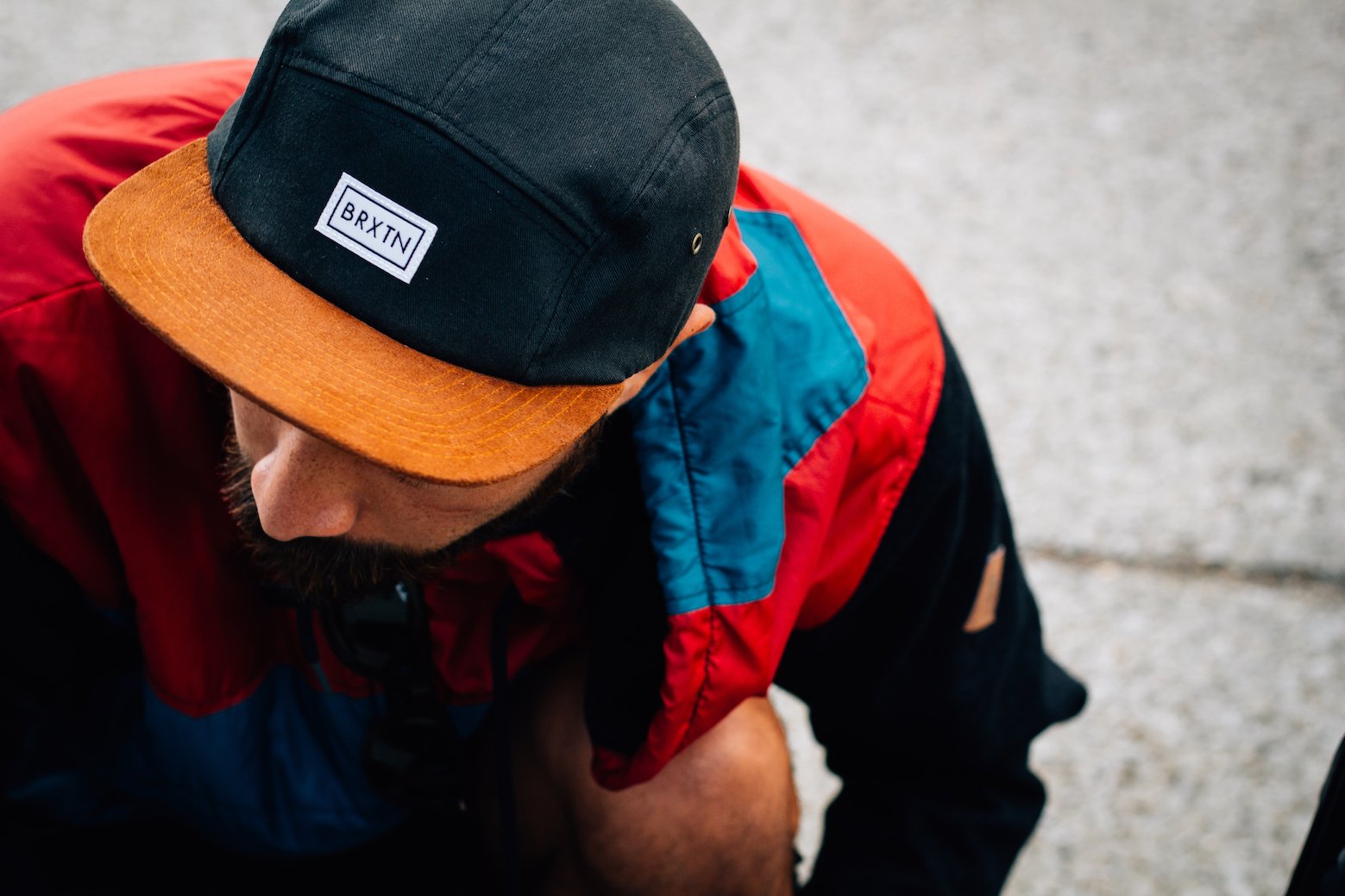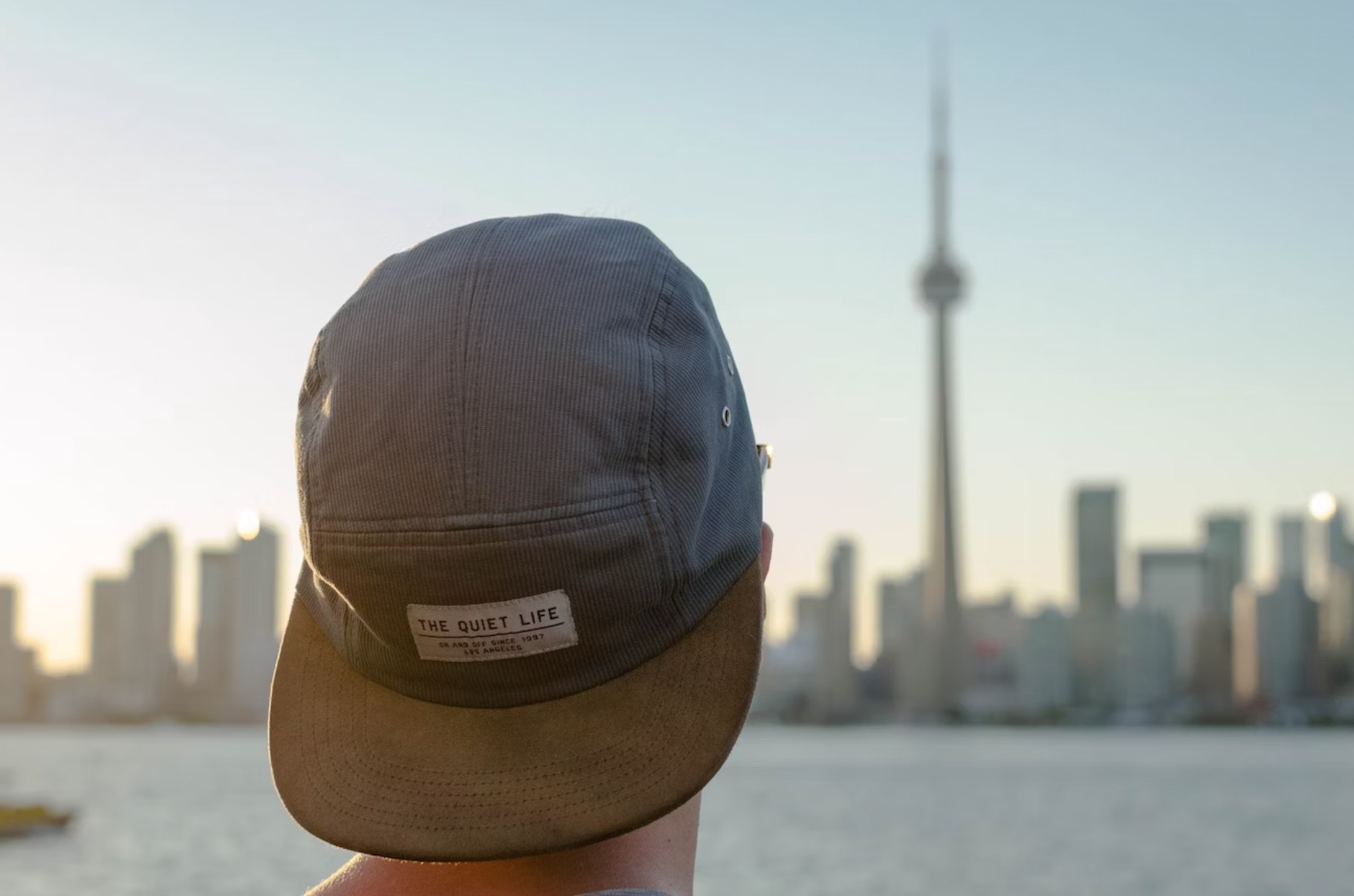Can Wearing a Hat Cause Hair Loss? + 7 Other Hair Loss FAQs
Table Of Content

“Opt for hairstyles that minimize tension on the hair follicles, such as loose braids, buns or ponytails,” advises Gaboardi. “Avoid tight hairstyles and hair accessories that pull on the hair and handle your hair with care to minimise breakage and damage. Traction alopecia is the result of environmental factors, such as wearing your hair in tight hairstyles, Agbai says. Telogen effluvium refers to the excessive shedding of hair follicles, and it occurs when hair follicles prematurely skip to the end of the hair growth cycle, she adds.
How do trees and green spaces enhance our health?
Cold caps for preventing hair loss: Pros, cons, and effectiveness - Medical News Today
Cold caps for preventing hair loss: Pros, cons, and effectiveness.
Posted: Thu, 25 Nov 2021 08:00:00 GMT [source]
Wearing a hat can be a quick way to elevate an outfit or hide a bad hair day. It's a tried-and-true accessory made for all seasons and many occasions. But wearing a hat every day can have some potential drawbacks (besides hat hair) if you aren't careful. However, if you notice any significant changes in your hair health, you should speak to your GP as they can help find the underlying cause. Opting for hats made from soft materials like cotton or silk can help minimize friction and reduce the likelihood of hair loss.
After Taking My Hat Off, My Hair Falls Out: What Are the Other Reasons?
In fact, the most common cause of hair loss, androgenic alopecia, is completely out of your hands. Firstly, stress causes a physiological response in the body, resulting in the release of cortisol. Chronic stress can cause elevated cortisol levels, which may disrupt the normal hair growth cycle, leading to hair loss.
Treatments
If you’re concerned, talk to your provider about ways to protect your hair roots. And be sure to give your hair a break—remove tight headgear when possible or rotate hairstyles to let your roots recover. If you’ve noticed thinning hair, clumps of hair in the shower or bald patches, you might be dealing with alopecia.

One example is alopecia areata, which is an autoimmune disorder where your immune system attacks hair follicles, causing thinning hair and sudden hair loss. Depending on the severity, hair loss may be mild or patchy, or more significant. Corticosteroids are prescription treatments used for conditions linked to underlying inflammation.
The scientists found that twins who wore a hat experienced less hair loss in the area above their forehead than twins who didn’t wear a hat. Can wearing a hat really rub the hair follicles on your head so much that it causes your hair to fall out? We all have a favorite hat that hardly ever gets tossed in the laundry. Wearing a dirty hat can lead to an irritated, itchy scalp and ultimately affect your hair health, Dr. Geria says.
Hats you’re allergic to
Going, going, gone: I started losing my hair at 16 - The Guardian
Going, going, gone: I started losing my hair at 16.
Posted: Fri, 27 Feb 2015 08:00:00 GMT [source]
Friction is one of the more pronounced downsides that come with wearing hats and caps. If you tend to have dry hair, then this can make it even more prone to breakage. People with dry or textured hair would benefit from satin-lined headgear. You can try the Natural Born Hats collection which features a sizeable range of different hats, caps, beanies, and more for you to choose from. If you're looking for a way to clinch your outfit together without doing too much, then donning a hat is an excellent choice.

This type of hair loss is called telogen effluvium, where stress pushes large numbers of hair follicles into a resting phase. It can last a few months, causing hair to fall out easily when washed or brushed, per the Mayo Clinic, and it typically occurs several weeks to months after the stressful event. The general takeaway is that hats are unlikely to impact your hair health and can be a great option for protection from the sun. Traction alopecia is a type of hair loss caused by constant pulling or tension on the root of the hair (Billero & Mativa, 2018). This is typically caused by habitually wearing a tight hair style, such as a slicked-back ponytail. In a similar way, using a hat to pull your hair out of your face also has the potential to cause traction alopecia.
Men tend to lose the hair above their foreheads or on a bald spot on top of their head first. Negative side effects of medications, like losing your hair, should be discussed with your doctor. Be sure to give your scalp plenty of fresh air, especially when it’s hot, and keep it clean and dry to avoid any undesired fallout. Wearing a hat in a heated environment, such as in the summer months or during a gym workout, will no doubt cause you to sweat. And the more you sweat, the more yeast, and bacteria are likely to grow on your scalp, causing dandruf, irritation and ultimately contributing to some amount of shedding. Hats with internal seams or sharp edges can also contribute to hair loss.
"Abnormal levels of androgens produced by both men and women can cause hair thinning and loss," Dr. Geria says. Here at LIVESTRONG.com, we carefully consider language surrounding sex and gender. Here, Aanand Geria, MD, a New Jersey-based dermatologist and founder of Geria Dermatology, explains if wearing a hat can cause hair loss and offers tips to protect your locks when wearing a hat.
Androgenic alopecia usually occurs gradually over time and follows predictable patterns. For men, this means a receding hairline or bald spot, and for women, it’s usually thinning hair along the crown of the scalp. Rough or abrasive hats can cause friction, causing hair strands to split and break. However, if you choose hats that fit correctly and are made from soft and gentle materials, wearing one is unlikely to damage your hair. The idea that wearing hats can cause hair loss is a long-held popular belief.
Overstyling and chemical treatments also contribute to hair structure damage and potential loss. Next up are hormones, which play a critical role in regulating hair growth. Dihydrotestosterone (DHT), a derivative of testosterone, is often the hormonal villain in hair loss tales, particularly in androgenetic alopecia. If your family tree shows a pattern of thinning or balding, you’re likely predisposed to similar challenges.
Comments
Post a Comment